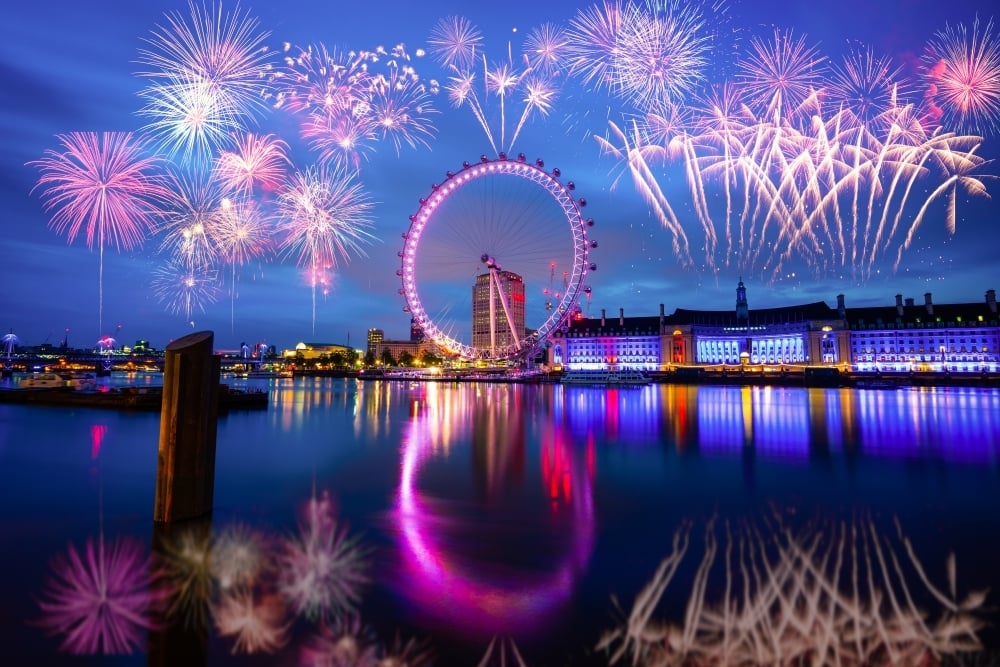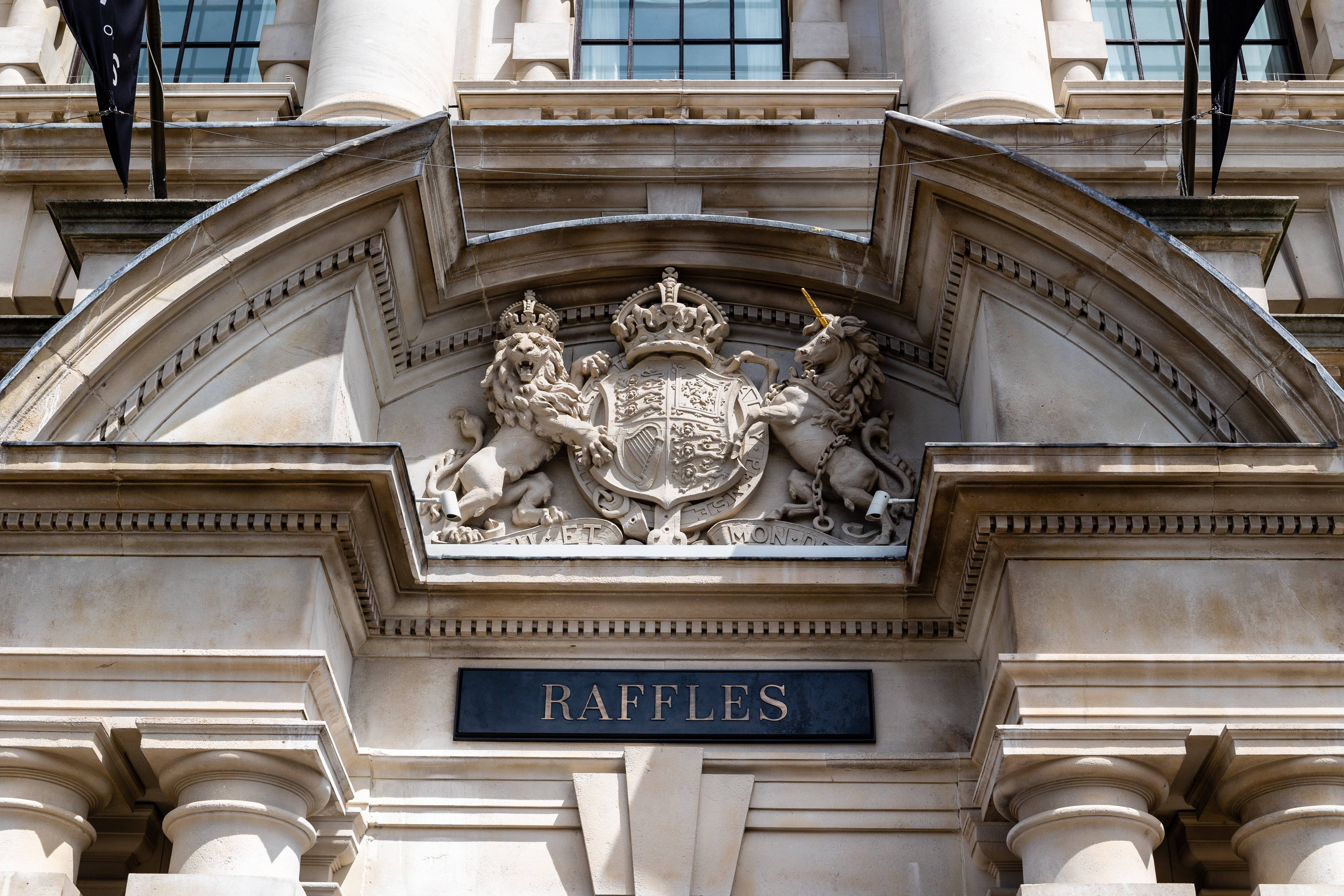Buckingham Palace - A History of one of the Most Iconic Buildings in the World
Buckingham Palace stands as the defining emblem of Britain’s monarchy all around the world. For over three centuries now it has been an integral part of the stories that bind kings, queens, dukes and duchesses to England and its people.
what $5 million buys you in dubai vs. new york vs. london: a luxury property comparison
the 5 biggest mistakes buyers make when purchasing high-end real estate in dubai
the future of dubai’s luxury real estate: smart homes, eco-friendly mansions
Much like the roles and responsibilities of the monarchy themselves, Buckingham Palace has undergone changes and developments that have been made to align to the purpose, standing and requirements of its residents.
That incredible and unmistakable neoclassical façade now acts like the cover of a great book detailing how the capital city, and indeed all of England, has evolved in sync with this imperious landmark of central London.
Humble Beginnings
It seems amazing to think that Buckingham Palace was once considered to be nothing more than an ordinary private residence designed and created for the 1st Duke of Buckingham and Normandy, John Sheffield, in 1703.
Before then, this area of the capital was a patchwork of marshy land bordering the river Tyburn, a waterway that now counts amongst many of the lost rivers of London, mostly buried beneath hundreds of years of city buildings and development. Perhaps the earliest significant milestone for the palace grounds was during the reign of King James I in the 17th century when mulberry trees were planted in the area to bolster England’s silk industry and many believe that his original garden is where the palace now proudly stands. Although his efforts never did quite bear fruit, it did draw much attention to a location that was once St James’s, and we now know as Westminster.
The Duke was an influential figure at the court of Queen Anne and was seeking a rather more secluded place to build his estate. This is when Buckingham house really began to take shape and it quickly became regarded as an aristocratic gem, garnering attention from envious eyes up until his eventual death.
George III Makes His Move
In 1761, George III gave Buckingham House his royal attention, acquiring the property for Queen Anne as a private retreat in a move that would start a succession of events to transform it into a palace.
Interestingly, the improvements they made to the building were very much done with a domestic purpose. It was never intended to be a ceremonial space, with additions created for living quarters, enhanced furnishings for comfort and improved landscaping of external areas.
At this time, it became known locally as The Queen’s House with many of her children born there, and although not yet quite the site for state occasions, it was definitely moving closer to the Royal orbit on a grander stage.
George IV and Transformation
George’s son, King George IV, inherited Buckingham House when he ascended to the throne in 1820. Under his influence the famously arts-obsessed royal set about transforming Buckingham House into a palace worthy of true grandeur and pageantry. He enlisted architect John Nash, famed for his neoclassical style, to reinterpret the building from the ground up, introducing sweeping facades, triumphal arches, and stately porticos that would be the envy of Europe.
Nash’s vision was created to demonstrate power and refinement with a focus on sympathetic harmony between the internal grandeur and external bold lines. New wings were created around a central courtyard that eventually subsumed the original structure with layers of ornate design. Huge state rooms decked out with opulent interiors and gilded ceilings appeared to add pomp and ceremony to the domestic functionality and a magnificent palace duly emerged.
Palace Favour Wanes and Waxes
King William IV inherited the throne and Buckingham Palace but was decidedly less enamoured with it than his predecessors. So much so that he even considered donating it to Parliament after a devastating fire at the Houses of Parliament in 1834. Eventually, the Palace was once again thrust into royal life and recognition during the reign of Queen Victoria who very quickly established it as the seat of Royal Residence for the first time in its history. The 18-year-old monarch did complain a little about the lack of amenities and the architect Edward Blore was duly commissioned to make additions, most notably the East Wing which enclosed the central courtyard and created the unmistakably grand forecourt that serves as the ultimate image of the palace.
Monarchs Make Their Mark
During Queen Victoria’s reign Buckingham Palace was the perfect setting for courtly life with all the diplomatic events, balls and receptions that entails. Edward VII subsequently developed the opulent décor and added elements of emerging technology such as electric lighting throughout. During the time of King George V, the palace also garnered acclaim as housing one of the most important collections of priceless art, due to Queen Mary’s fascination with the finer elements of royal life.
A Symbol of Wartime Strength
The Second World War was a test for the strength of both the country and the palace itself. Importantly, its residents, King George VI and Queen Elizabeth (later known as the Queen Mother) chose to remain in the palace during the blitz on London to present a unified symbol of solidarity with the British public and strength against the enemy.
The Modern Day
As the world emerged from the post-war devastation, it was Queen Elizabeth II that ensured the relevance of Buckingham Palace with plans to open much of it to public tours, charity events and television broadcasts. It was a masterstroke in aligning the pageantry of England’s royal past with a recognition of its evolving role.
In 2025, with Charles III at the throne, Buckingham Palace is a major attraction for visitors from every corner of the globe. Its 775 rooms range from lavish State Rooms to administrative offices to demonstrate the changing nature of what is required from the country’s primary royal residence.
Observing the Changing of the Guard & Trooping the colour on the famous forecourt, watching the Royal Family’s gathering on the balcony and witnessing the Christmas Royal address on television give glimpses into how the palace has become the epicentre of Royal England. Buckingham Palace is today seen as a symbol of both strength and as a symbolic connection to the country it represents. It continues to offer increasing access to the inner workings of the Royal Family, thus bridging the divide between the monarchy and the people.



